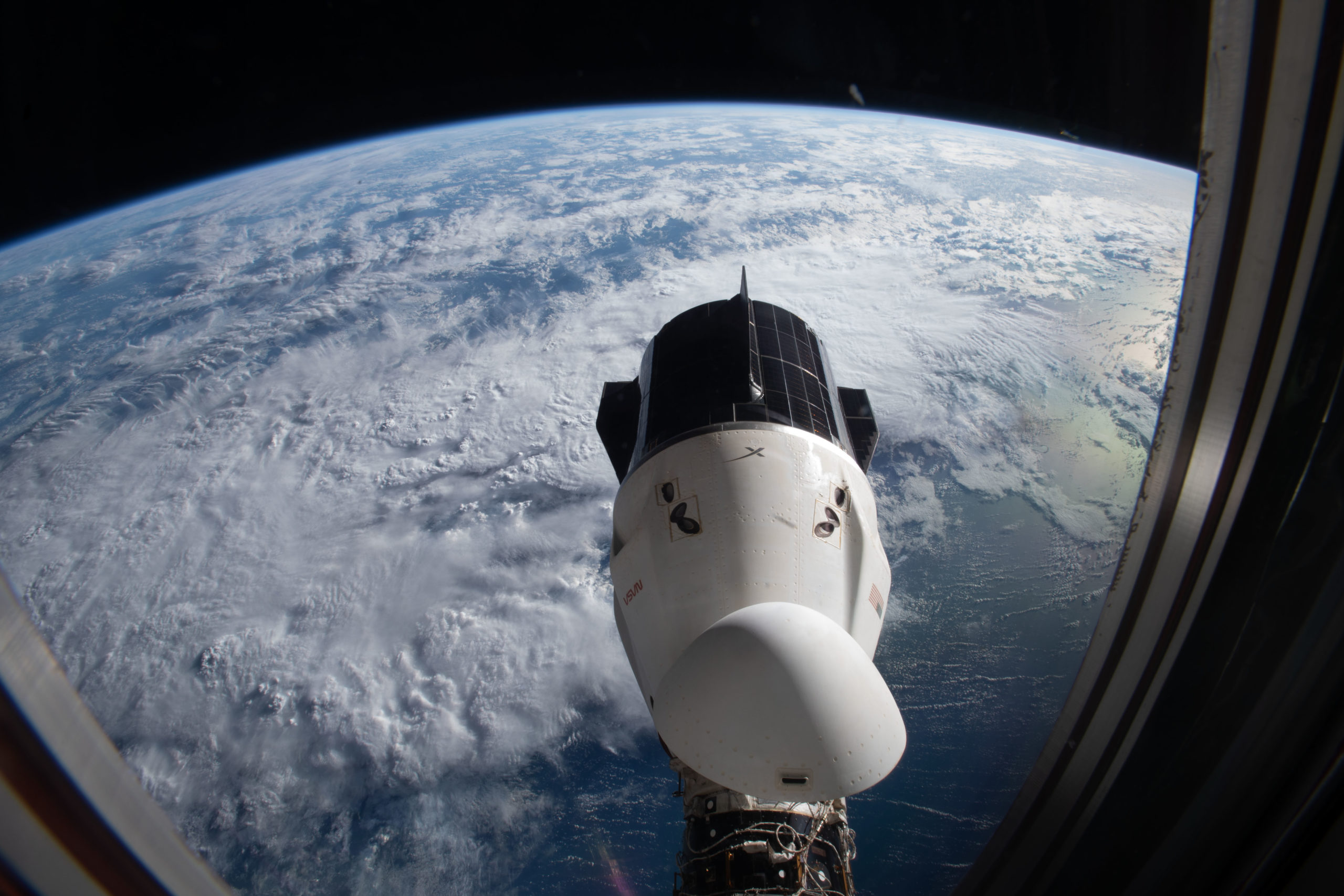
NASA and SpaceX are now targeting No Earlier Than (NET) 29 September for the launch of Crew-5 to the International Space Station (ISS), a four-week slip to ensure Dragon Endurance’s flight readiness and an appropriate “fit” with other visiting vehicle traffic in the early fall. NASA astronauts Nicole Mann and Josh Cassada, together with Anna Kikina—the first Russian cosmonaut to fly aboard a Commercial Crew spacecraft—and veteran Japanese spacefarer Koichi Wakata will reach the station after the start of Expedition 68 for a multi-month increment aboard the sprawling orbital outpost.
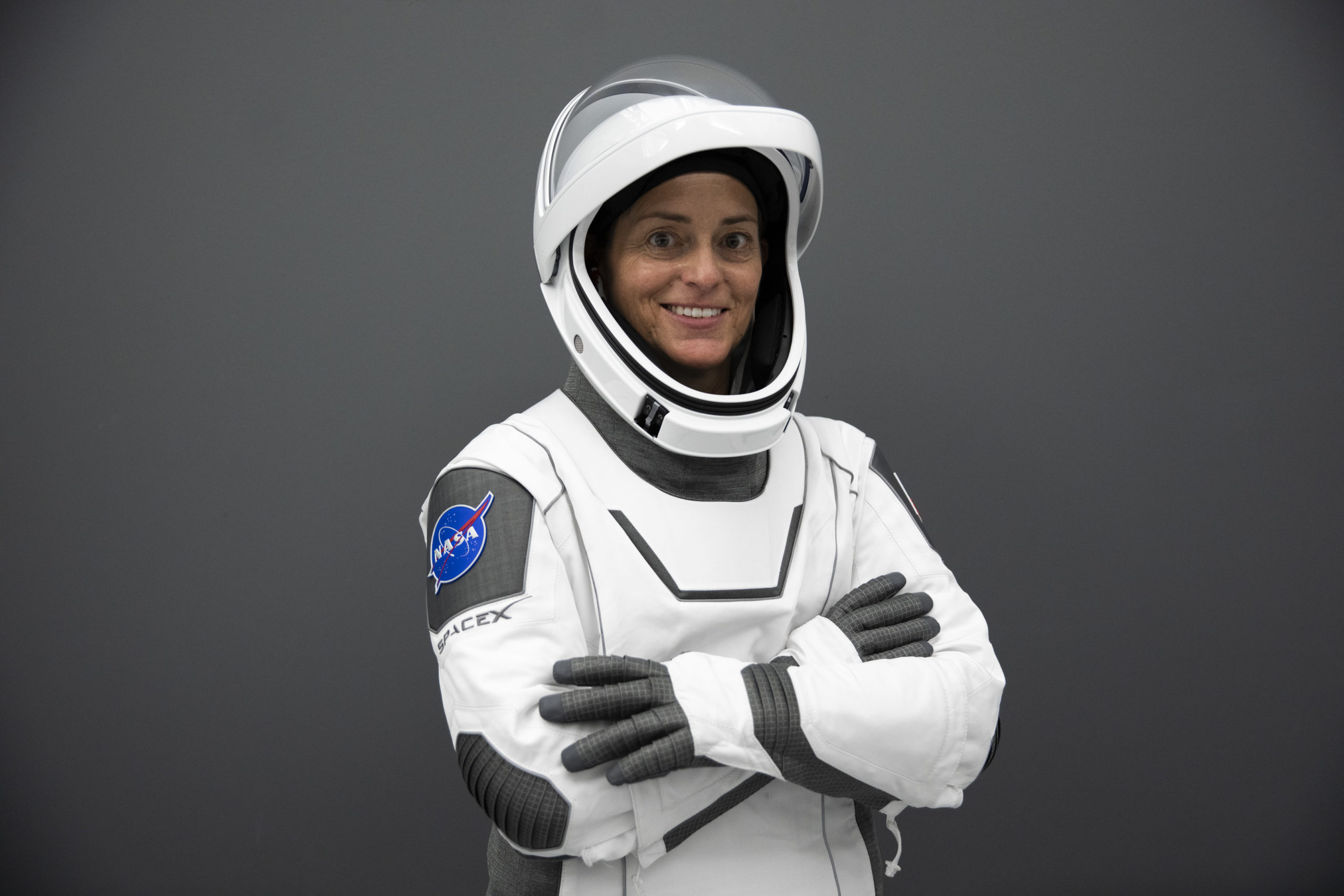
Mann and Cassada, who were both selected into NASA’s Astronaut Corps back in June 2013 and are the last members of their class to reach space, were originally assigned to fly Boeing’s CST-100 Starliner. In August 2018, Mann was named to the Crew Flight Test (CFT) of the new spacecraft, whilst Cassada was attached to Starliner’s first Post-Certification Mission (PCM-1).
But a troubled Orbital Flight Test (OFT-1) in December 2019 was followed by a lengthy NASA/Boeing investigation and a second OFT last May. That correspondingly extended Mann and Cassada’s wait for their first flight into space.
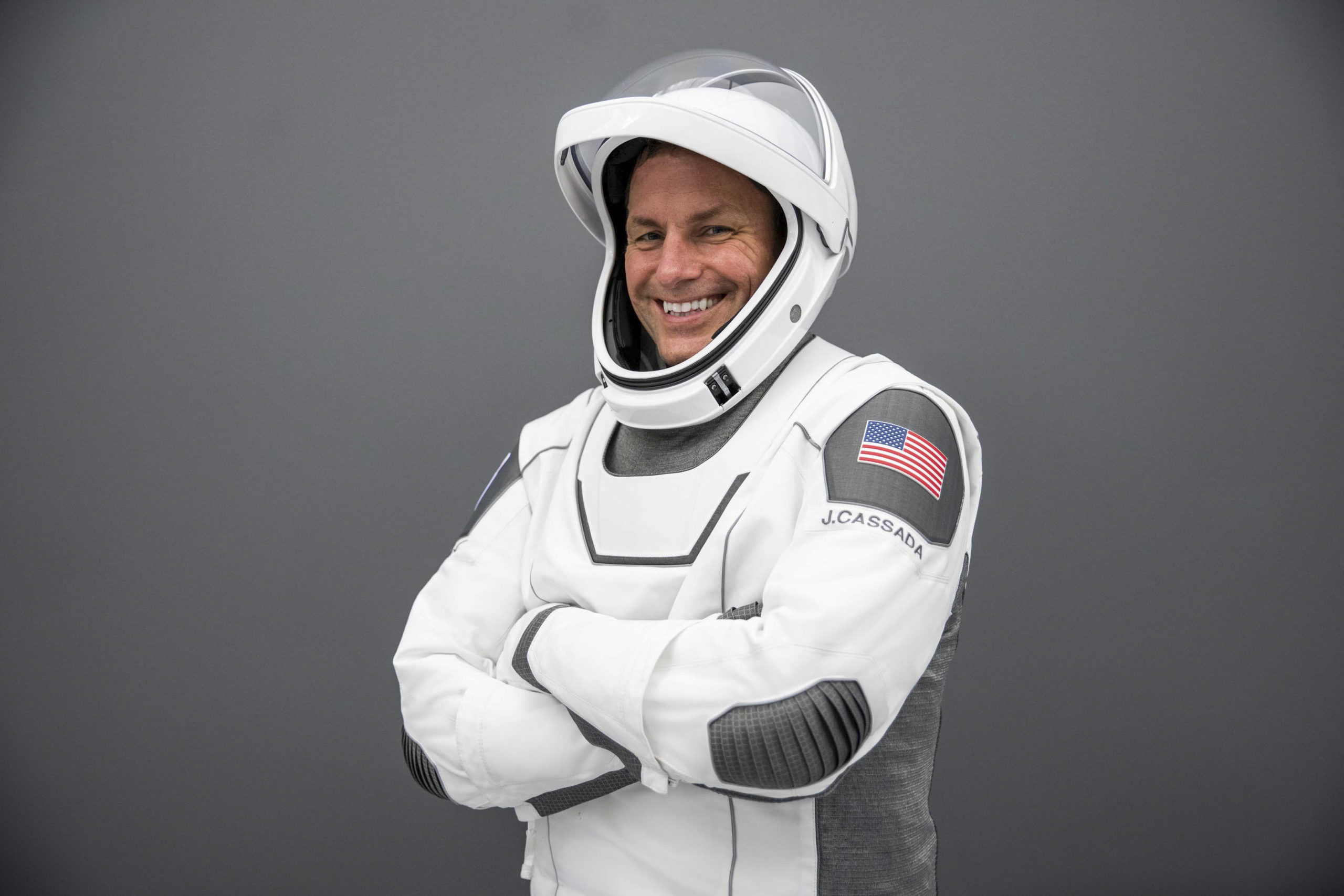
Last October, the duo were reassigned from Boeing’s Starliner over to SpaceX’s Crew Dragon and named to Crew-5. According to NASA, “it was important to make these reassignments to allow Boeing time to complete the development of Starliner, while continuing plans for astronauts to gain spaceflight experience for the future needs of the agency’s missions”.
Mann becomes only the third woman to command a crew aboard a U.S. orbital spacecraft. She follows Astronaut Hall of Fame (AHOF) inductees Eileen Collins and current NASA Deputy Administrator Pam Melroy, who commanded three Space Shuttle missions between them: the deployment of the Chandra X-ray Observatory, the delivery of the Harmony node to the ISS and the Return to Flight (RTF) following the Columbia disaster.
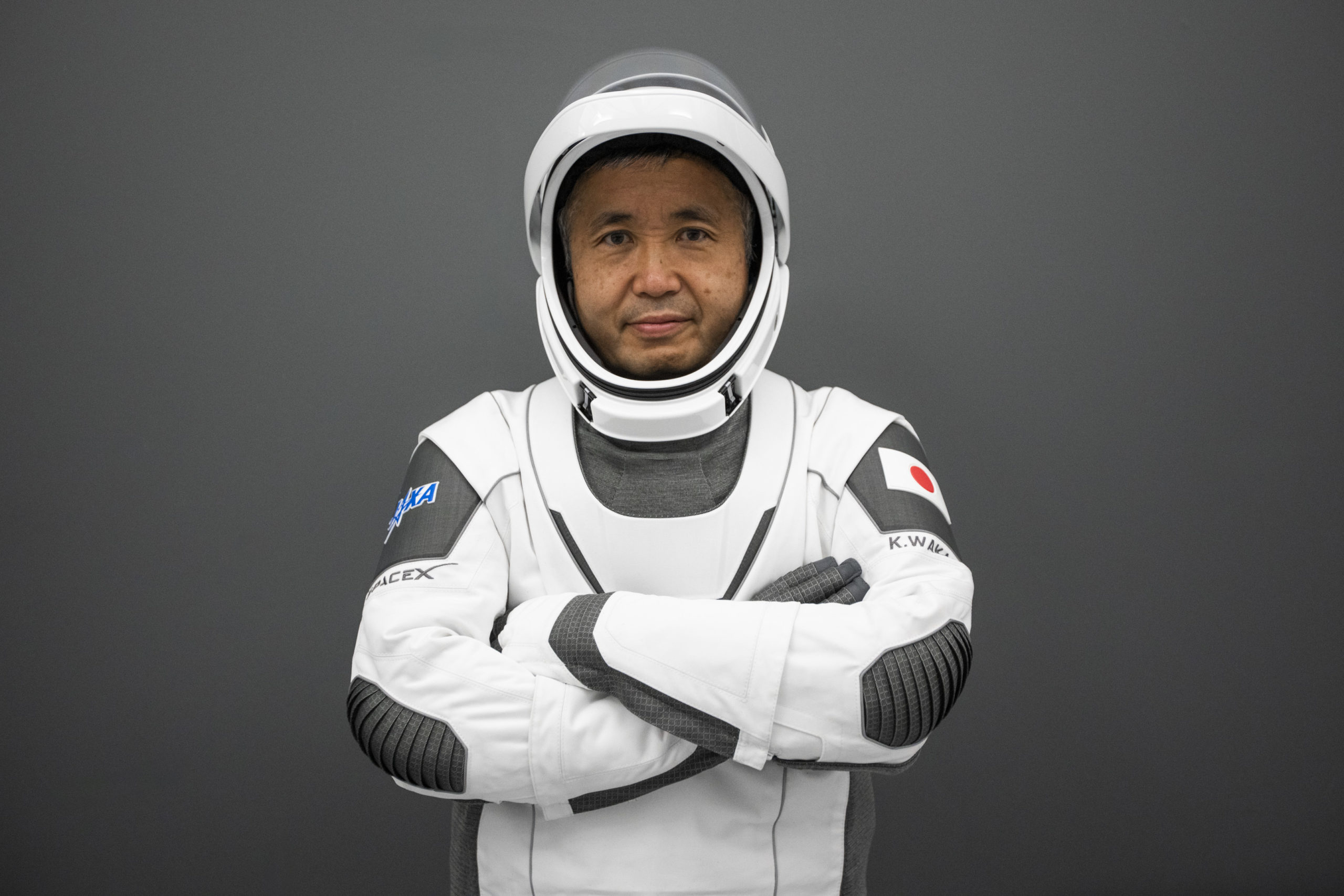
Japan’s most experienced astronaut, Koichi Wakata—already a veteran of four space missions, including two shuttle flights and a pair of ISS increments—joins Mann and Cassada as the third member of Crew-5. He has accumulated over 347 days in space during a stellar career which saw him retrieve Japan’s Space Flyer Unit (SFU) way back in January 1996, fly NASA’s 100th shuttle mission at the turn of the millennium and serve in early 2014 as the first Japanese commander of the space station.
The fourth and final member of Crew-5 has been subject to much conjecture in recent months. Plans have been in the works for several years for “integrated” operations, with each U.S. and Russian vehicle including at least one Russian Operational Segment (ROS) crew member and at least one U.S. Operational Segment (USOS) crew member.
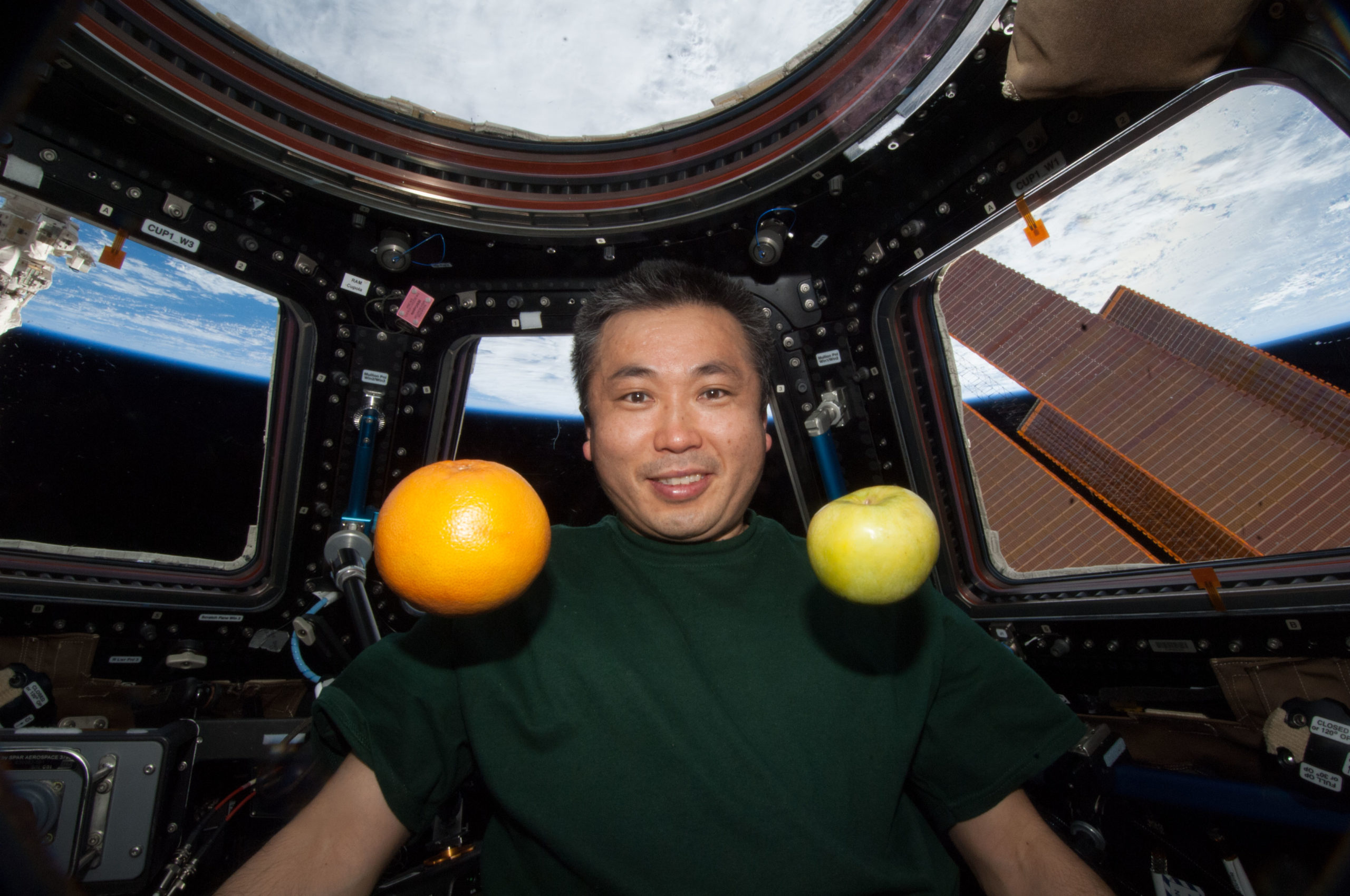
In the case of an emergency or a premature return to Earth of a Russian or U.S. vehicle, this would guard against the possibility of having no ROS or USOS crew specialty on the ISS.
But matters were complicated earlier in 2022 following Russia’s invasion of Ukraine and the bellicose Twitter rhetoric of Roscosmos head Dmitri Rogozin, who was relieved of his position—in circumstances which remain obscure—just last week. On 15 July, the very day that Rogozin stepped down, the final touches were added to the long-awaited NASA/Roscosmos crew contract, setting the plan for integrated missions in motion.
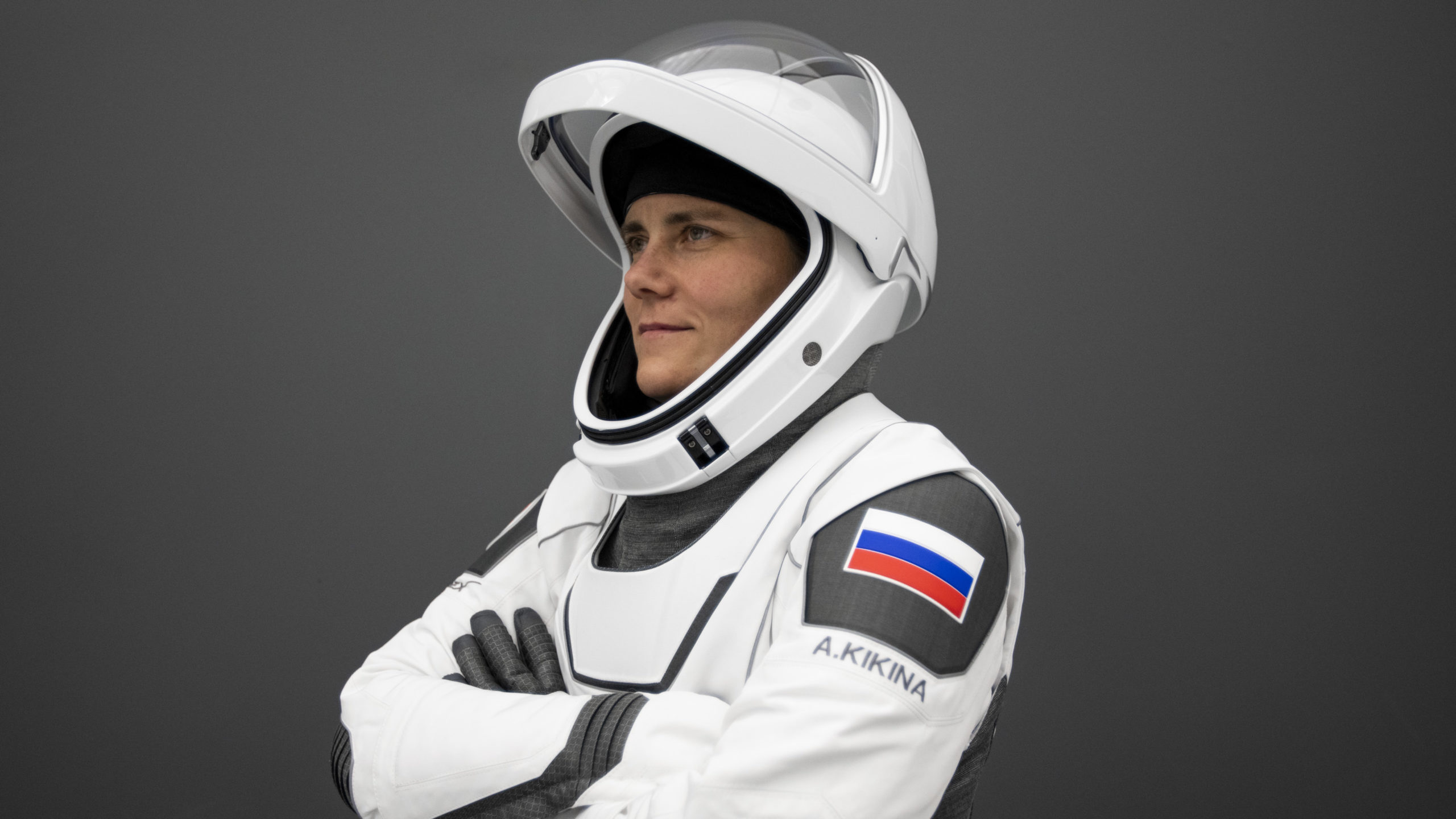
It did not come a moment too soon. In remarks delivered before 14 July’s launch of the CRS-25 cargo mission, Deputy ISS Program Manager Dana Weigel remarked that a decision on integrated crewing had to be made before the end of the following week, or “hard trades” would need to be made in terms of final crew training.
Under the integrated crewing plan, Russia’s Anna Kikina—who has trained alongside Mann, Cassada and Wakata for several months—now joins Crew-5 and fellow cosmonaut Andrei Fedyayev joins Crew-6, which is slated for launch next spring. In return, U.S. astronaut Frank Rubio will launch shoulder-to-shoulder with Russian cosmonauts Sergei Prokopyev and Dmitri Petelin aboard Soyuz MS-22 in late September and Loral O’Hara, recently NASA’s Director of Operations in Russia, joins cosmonauts Oleg Kononenko and Nikolai Chub on Soyuz MS-23, targeted for launch next March.
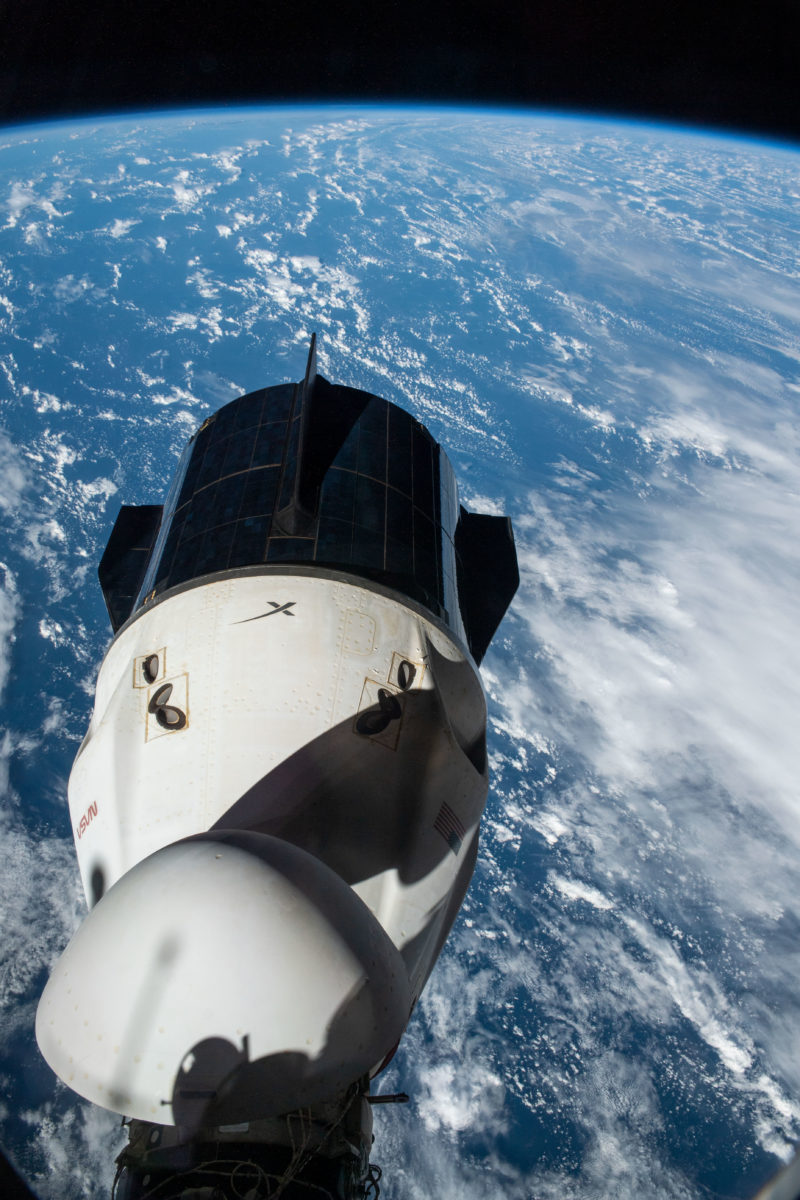
Mann, Cassada, Wakata and Kikina will launch aboard Dragon Endurance, the same vehicle which previously supported Crew-3 astronauts Raja Chari, Tom Marshburn, Kayla Barron and Matthias Maurer for their 177-day Expedition 66/67 increment to the ISS, which ended in early May. Launch was provisionally scheduled for NET 1 September, but has since been pushed back to NET 29 September.
“A launch at the end of September will allow SpaceX to complete hardware processing and mission teams will continue to review the launch date, based on the space station’s visiting spacecraft schedule,” NASA revealed Thursday. A launch at the end of September will come a week after a scheduled Soyuz “direct handover”, which will see Soyuz MS-22 launch to the ISS on 21 September with Expedition 68’s Prokopyev, Petelin and Rubio, and Soyuz MS-21 return to Earth on the 30th, bringing Expedition 67’s Oleg Artemyev, Denis Matveev and Sergei Korsakov home after 6.5 months in orbit.

The additional time allows for refurbishment to conclude on Dragon Endurance, including the installation of the heat shield, parachutes and pod panels. A first-time-flown Falcon 9 booster core will lift Mann, Cassada, Wakata and Kikina into orbit, but has encountered some difficulties which require resolution.
“SpaceX is removing and replacing the rocket’s interstage and some on-board instrumentation after the hardware was damaged during transport from SpaceX’s production factory in Hawthorne, Calif., to the company McGregor test facility in Texas for stage testing,” NASA added. “SpaceX teams completed—and NASA teams reviewed—load, shock and structural analyses, coupled with detailed and X-ray inspections, to verify the damage was isolated to the interstage and ensure the integrity of the rest of the booster.”




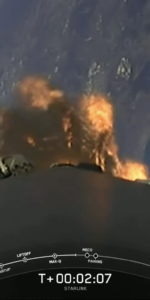
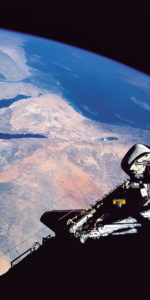
9 Comments
9 Pings & Trackbacks
Pingback:SpaceX Flies 3,000th Starlink in Sunset Falcon 9 Launch - AmericaSpace
Pingback:CRS-25 Departs Space Station, Homeward Bound After Month-Long Stay - AmericaSpace
Pingback:NASA, Boeing Outlines Forward Plan for CFT, First Crewed Atlas Launch Since Faith 7 - AmericaSpace
Pingback:Rubio, Crewmates Prepare for Busy Expedition 68 - AmericaSpace
Pingback:Crew-5 Ready for Launch, Six-Month Space Station Mission - AmericaSpace
Pingback:ULA Achieves Rapid-Fire Mission Tempo, Launches Second Mission in Ten Days - AmericaSpace
Pingback:Crew-5 Launches Safely, Heads to Space Station - AmericaSpace
Pingback:SpaceX Launches GPS III-06, Busy January Continues - AmericaSpace
Pingback:SpaceX Launches GPS III-06, Busy January Continues - Space News